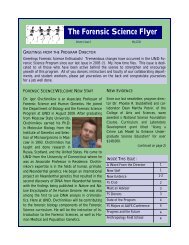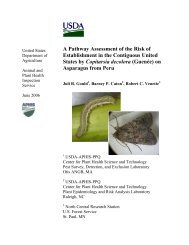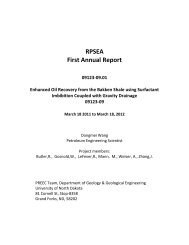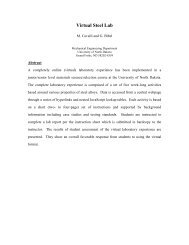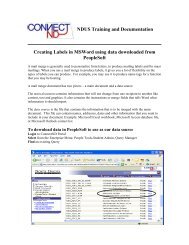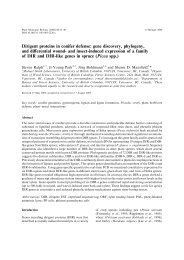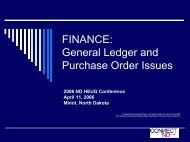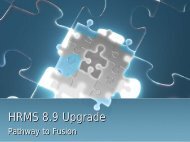Parallel Processing: A KISS Approach - University of North Dakota
Parallel Processing: A KISS Approach - University of North Dakota
Parallel Processing: A KISS Approach - University of North Dakota
Create successful ePaper yourself
Turn your PDF publications into a flip-book with our unique Google optimized e-Paper software.
atch submission script applicable to your job, and submit your job. CRCRAM will then<br />
check the allocated nodes to ensure PVM is available, scan the directory creating the data<br />
files to process, parse the “Data_process_script” specified in the CRCRAM.ini and<br />
replace the $1 and $2 variables with actual data file names, and call the specified program<br />
to process the data (file by file). Since CRCRAM scans the directory creating a list <strong>of</strong><br />
data files to process each time CRCRAM is executed, you can increase or decrease the<br />
number <strong>of</strong> data files for each run by adding or removing files from the directory without<br />
having to make any changes to CRCRAM.ini or the batch submission script. Similarly,<br />
since CRCRAM gets the list <strong>of</strong> nodes to execute on from the batch scheduler each time<br />
CRCRAM is executed, you can change the number <strong>of</strong> nodes or processes per node in the<br />
batch submission script and CRCRAM will adjust the load balancing accordingly.<br />
Finally, the load balancing mechanism is master-slave and naïve. Since it does not have<br />
any information regarding the processing time <strong>of</strong> any data file, it may very well end up<br />
waiting for a single long-to-process file to be completed while all <strong>of</strong> the other files have<br />
long finished. An informed scheduler would process long-to-process files first.<br />
20






